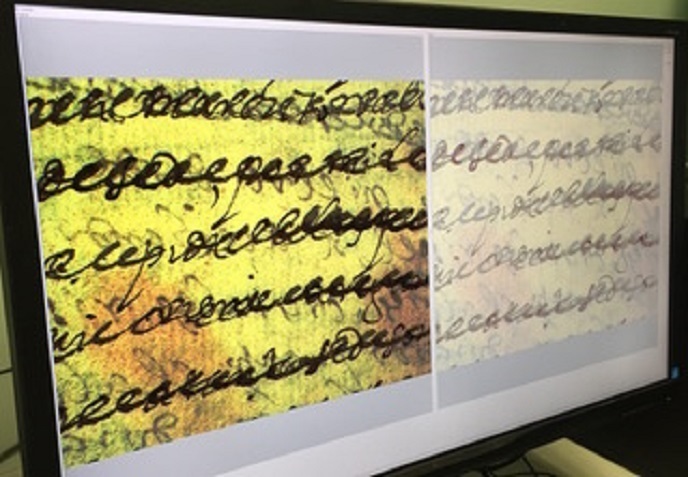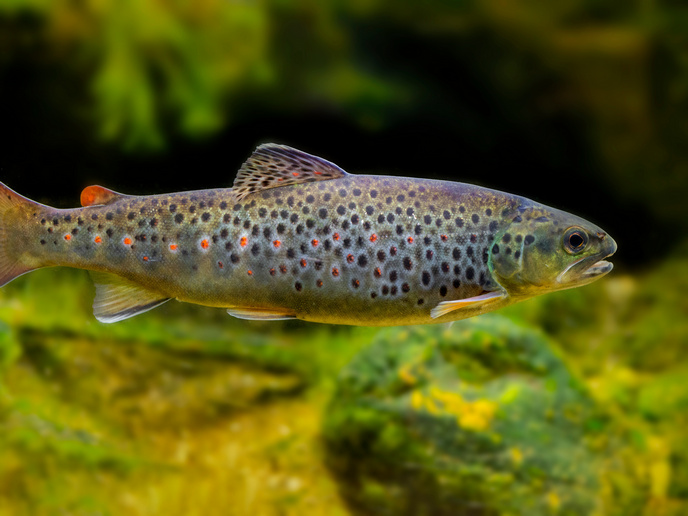How 16th and 17th century Spanish plays contributed to Europe’s early arts scene
The Spanish Golden Age (circa 1500-1681) was mainly characterised by tremendous growth and intellectual development. As a result, theatre blossomed. This period is known as the Spanish Golden Age theatre. The EU-funded TheaTheor project reconsidered the traditional concept of individual creation of texts during the Spanish Golden Age theatre. To do so, it studied how playwrights and other relevant stakeholders in theatre actively collaborated.
A treasure chest of plays
Using new techniques and instruments such as hyperspectral photography and chemical analysis to examine 45 manuscripts, researchers studied the annotations and corrections of Lope de Vega, a playwright, poet and novelist who was a key figure in the Spanish Golden Age. These digital and chemical tools helped them to better assess certain manuscript corrections, including crossed-out passages, pages stuck together, ink variations and moisture stains. The manuscript analysis revealed important information about Lope’s approach to the creation process and techniques he used to write his works. “This was an important scientific milestone because it gives a lot of information about how de Vega wrote dramatic works,” explains project coordinator Marco Presotto. “It puts an end to the romantic theory that he wrote an entire play out of nowhere in less than 24 hours.” Lope’s annotations and corrections indicate that the autograph comedias(opens in new window) are clean copies of a previous draft. In several cases, he postponed copying the draft to consult some reference and perfect the verse or the entire speech. He always seemed unsatisfied with the outcome and was constantly ready to change his creations. The presence of different inks and handwriting in various manuscripts can be mostly linked to one or more revisions made by the director of the company representing the play. It may also have depended on the checker or some other administrative influence. The TheaTheor team was able to define exactly where ink and handwriting appear on the same manuscript or in a group of documents and attribute them to a specific name in the commercial theatre’s system during the given period. Though not part of the original project objectives, another important achievement was the discovery of an autograph draft of ‘Las bizarrías de Belisa’ amongst Lope’s autograph manuscripts. “The specific content and formal characteristics undoubtedly demonstrate that it’s a draft manuscript,” notes Sònia Boadas, Marie Skłodowska-Curie research fellow.
Contributing to the state of the art with digital and print
Findings are being fed into a monograph by Boadas that will also include a new theory on the corpus production of the Spanish Golden Age theatre (1580-1635). A database that catalogues, explains and enables the search for autograph Spanish Golden Age theatrical manuscripts is under development. The online repository will also provide detailed information on the procedure for creating texts. “By establishing a new methodology of work that had never been explored until now, TheaTheor will serve as a reference for future studies on early modern manuscripts and on the creation and transmission of the Golden Age theatre,” concludes Presotto. “We highlight the importance of studying and safeguarding our cultural heritage both for societal and research needs, and this implies an improvement in public knowledge of literature, culture and early modern European theatre.” This research was undertaken with the support of the Marie Skłodowska-Curie Action programme(opens in new window).







